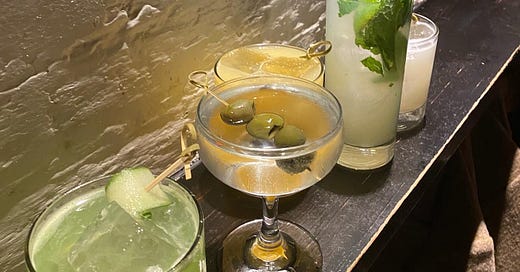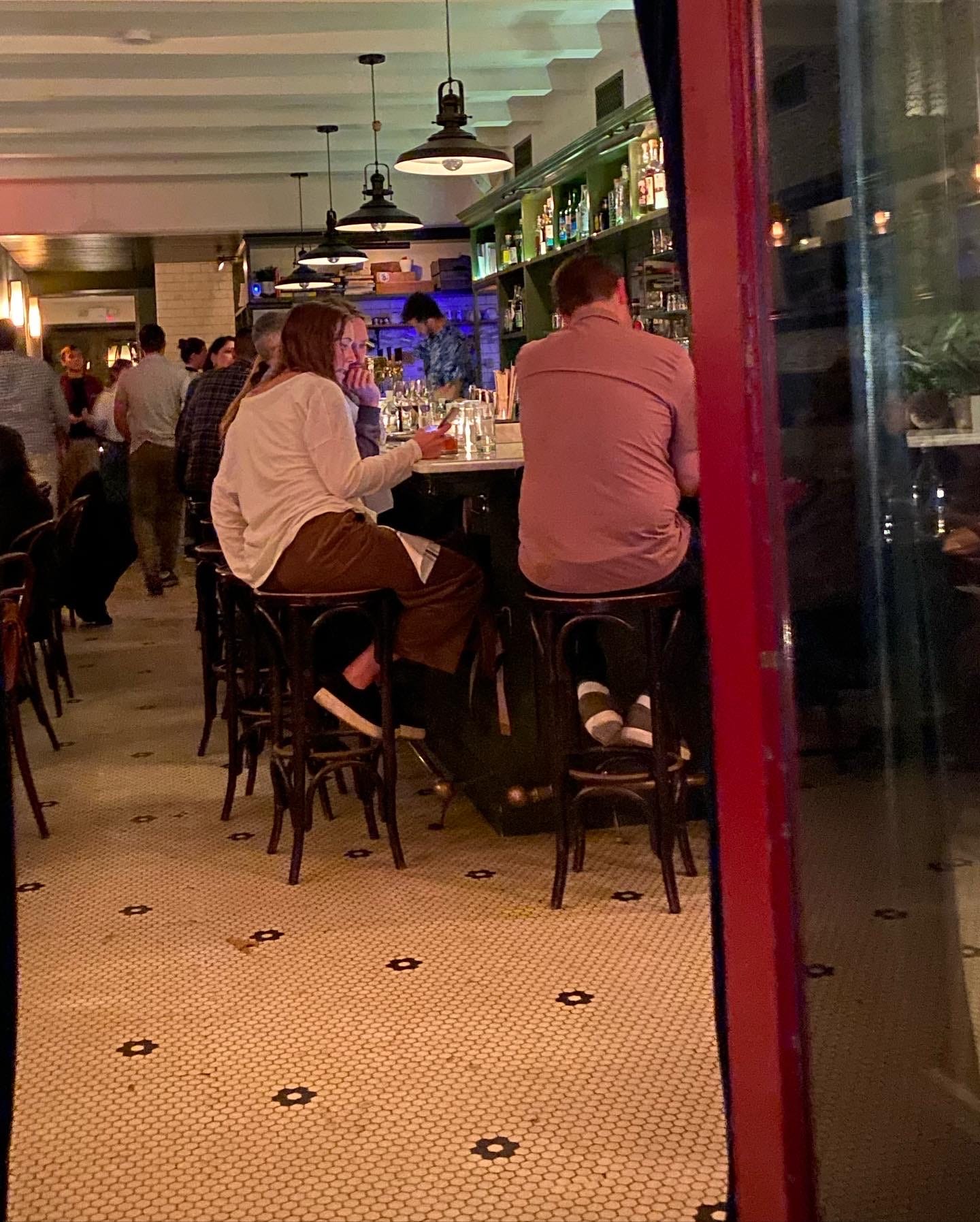When the pandemic hit and everything shut down in March 2020, people turned to the Internet for news, entertainment, and contact with other human beings. In my little corner of the Internet, I saw the impact first hand.
Traffic jumped on my blog and newsletter with daily gossip about virus spread and home cooking projects. My weekend hobby - a tiny vintage book shop on Etsy — sold so many books for Zoom backgrounds that I had to pay taxes and set up an LLC. On Twitter, I swapped gossip with fellow education reporters and found new allies with the school shutdown haters.
But that’s all died down, even before Elon Musk broke Twitter. For the past year, I’ve seen less traffic on my various sites, fewer books sold, and fewer links clicked. My Facebook page is mostly just two or three friends who still faithfully post birthday and anniversary pictures. Instagram is full of ads and “suggested reels” of old people getting facelifts. What exactly are you trying to tell me, Mark Zuckerberg? All my favorite people gradually left Twitter, or maybe journalism, this year, and I’m talking to crickets.
What’s going on? Why did things change?
Well, I think when Trump left office and left Twitter, the craziness was cut in half. Like him or hate him (me), he stirred up the drama pot, for sure.
Covid became less of a hot button issue. We accepted that some death will happen, opened the schools, and made people go back to work. Even the reports about the damage done to kids from the shutdowns aren’t getting read anymore, because we have written off a generation of kids and moved on. What’s next?
People returned to work. Honestly, people didn’t work all that hard at home and spent a lot of time buying old books on Etsy and chatting on Twitter. Unless you work for a government bureaucratic agency, you probably back in your office for most of the week now. It’s a lot harder to shop on Amazon in the afternoon, when you’re being observed by officemates and bosses.
The virtual world got old. Now, my weekends are packed with social gatherings and family trips. I’m craving experiences and face-to-face connections, all which takes time away from the virtual world. Last week, I organized a group of special education parents at my house to discuss disability stuff. People sat around my dining room table for four hours and wouldn’t leave. It was rewarding to get my hands dirty with real life politics and public engagement.
Honestly, I don’t see a downside to this trend. The problems with social media have outweighed its benefits for a long time. I suppose it’s crazy for a newsletter writer to disparage the online world and to urge people to step away, but that’s how it is.
Tomorrow, I’m totally stepping away from the computer and meeting two friends in the middle of the day to see an exhibit on witchcraft at the New York Historical Society; for lunch, we’ll get a pastrami sandwich at a proper deli. Saturday, I’m helping my housecleaner and her daughter apply to colleges, and then in the evening I’m going to a Portuguese restaurant in Newark for a friend’s birthday. Sunday, I’m back in the city for lunch with some autism moms.
And then I’ll come home and probably post all the pictures of those activities on Instagram. Sigh. Still an addict then.
LINKS
From the Marie Kondo profile in the New York Times: “Her own ideal lifestyle involves daily yoga, herbal tea breaks, time with her three young children and the opportunity, when she can grab it, to scrub the floor on her hands and knees.”
I’m continuing to create content on my disability newsletter. I’m not going to post those links here, because I’ve changed things up and am only talking to parents with disabled kids. Not for a general audience at all.
Lots of links happened mid-week:




